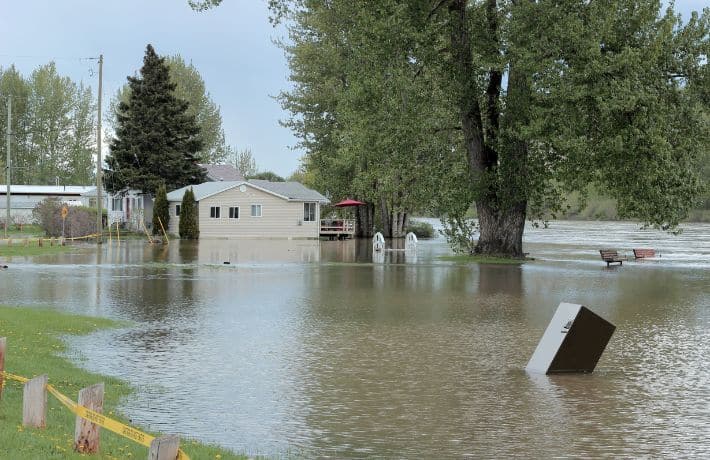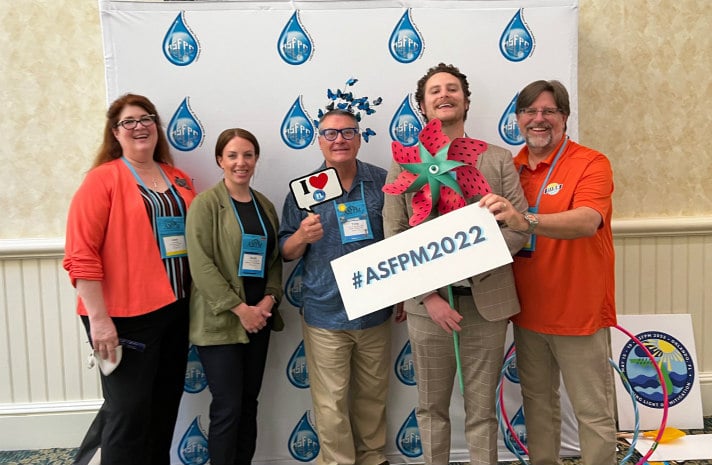ASFPM Comments on HMA Program and Policy Guide

ASFPM has responded to FEMA’s request for comments on the Hazard Mitigation Assistance Program and Policy Guide. In the comments, submitted Sept. 23, ASFPM expressed deep concern over the timing and duration of the comment period and requested that FEMA provide an additional comment period to enable more participation among state and local mitigation professionals.
“Not only is the comment period a short 30 days, it came out two weeks after the Notice of Funding Opportunity for a record amount of Hazard Mitigation Assistance (HMA) funding,” ASFPM wrote. “Many of our state and local members are focused on the myriad of activities needed to solicit, develop and apply for HMA funding and do not have the bandwidth at this time to do a comprehensive evaluation of this 600-page guide.”
Other recommendations in ASFPM’s comments include:
- Reduce length, complexity, and prescriptive nature of the HMA PPG, which would provide more flexibility and help communities with fewer resources better navigate the program.
- Allow capacity and capability building activities to be eligible under both the state set aside and competitive funds
- Set up a true, full program delegation option for administering hazard mitigation grant program to capable to states the administration
See all public comments submitted.
Will SCOTUS Restrict Scope of Clean Water Act?
In June, the National Association of Wetlands Managers invited ASFPM and other water resource management organizations to join its amicus brief to the U.S. Supreme Court regarding Sackett v. Environmental Protection Agency. At issue in the case is whether wetlands should be considered “Waters of the United States” (WOTUS) under the Clean Water Act.
In the 42-page brief, the groups noted that “The critical efforts of water management professionals would be greatly compromised by the restrictive interpretation of ‘Waters of the United States’ advanced by Petitioners. The Act has long protected wetlands, headwaters, and streams that are crucial to maintaining water quality and preventing floods.”
The case was argued before the Supreme Court on October 3, the first day of the new term.

